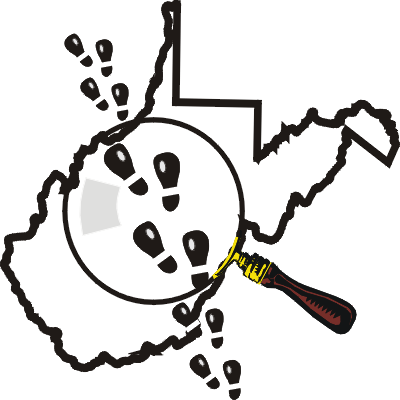
West Virginia
Infectious Disease Epidemiology Program
 |
West Virginia |
Public FAQ:
|
|
West Virginia Department of Health and Human Resources Information for the Public – Pneumococcal DiseaseWhat is pneumococcal disease?Pneumococcal disease is an infection caused by bacteria and can be very severe. This disease causes over 40,000 deaths in the United States every year. What causes pneumococcal disease?Pneumococcal disease is caused by the bacteria Streptococcus pneumoniae. What are the symptoms of pneumococcal disease?The bacteria can cause pneumonia, meningitis, and infections of the blood stream (bacteremia). Pneumonia is the most common infection. Adults and older children with pneumonia have fever, chills, cough, chest pain, shortness of breath, rapid breathing, rapid heart rate, and weakness. The bacteria can also cause ear and sinus infections. Fever in an infant or toddler who is "not acting right" may be the first sign of a serious infection with Streptococcus pneumoniae. Who is likely to get pneumococcal disease?Anyone can get pneumococcal disease, but the very young and the very old are most at risk. High-risk infants and toddlers include:
High-risk children and adults include:
When does pneumococcal disease occur?The infection occurs more frequently during the winter and early spring. How is the disease spread?The bacteria is spread from one person to another as a result of very close contact. Day care centers, military camps, prisons, homeless shelters, and nursing homes are examples of places where the disease may spread easily. The disease does not spread very well in schools or the workplace. How is pneumococcal disease diagnosed?A laboratory can find the bacteria in the blood, spinal fluid, or other sites in the body. Can this disease be prevented?Yes, two vaccines are available. Vaccination is recommended for all persons who are at high risk for pneumococcal disease. Ask your health care provider or local health department about these vaccines. How is the disease treated?Antibiotics are usually effective. What is drug-resistant pneumococcal disease?Some strains of the bacteria have developed resistance to some common antibiotics. This can make the bacteria harder to treat, but a laboratory can test the bacteria to find an antibiotic that will work. How can I prevent antibiotic-resistant disease?When your provider gives you an antibiotic, read the label carefully and follow the directions. Ask questions if you don't understand how to take the medicine. Try not to miss any doses. If you make a mistake on your prescription or forget to take several doses, talk to your provider. Resistance increases unnecessarily when people take antibiotics they don't need.
|
|
State
of West Virginia (WV) A-Z Listing of West Virginia's Reportable Diseases
|